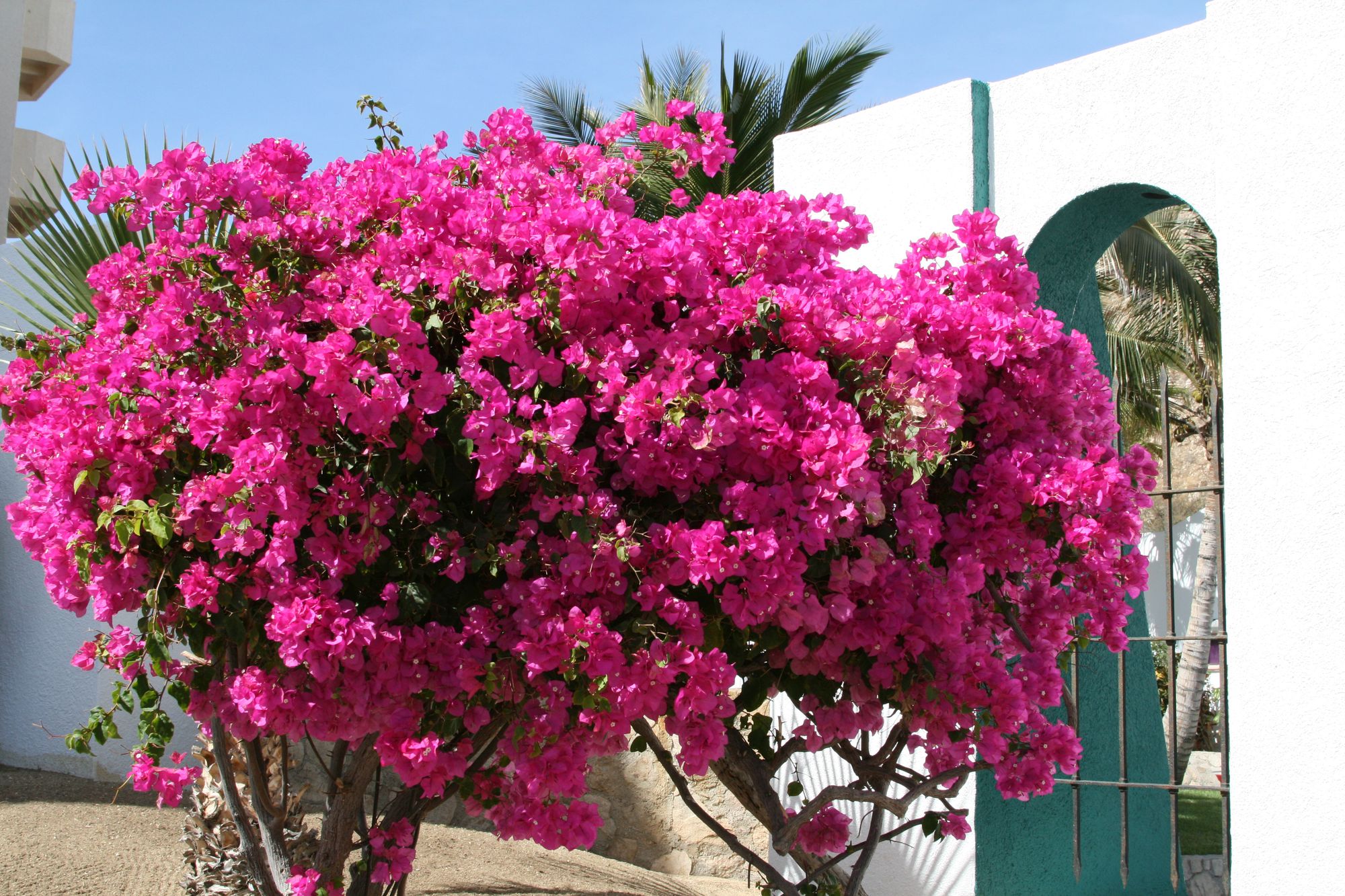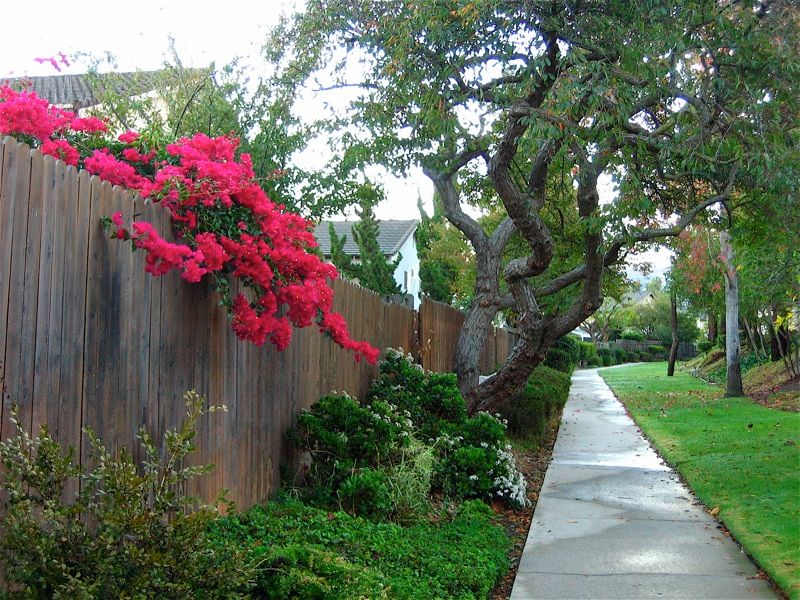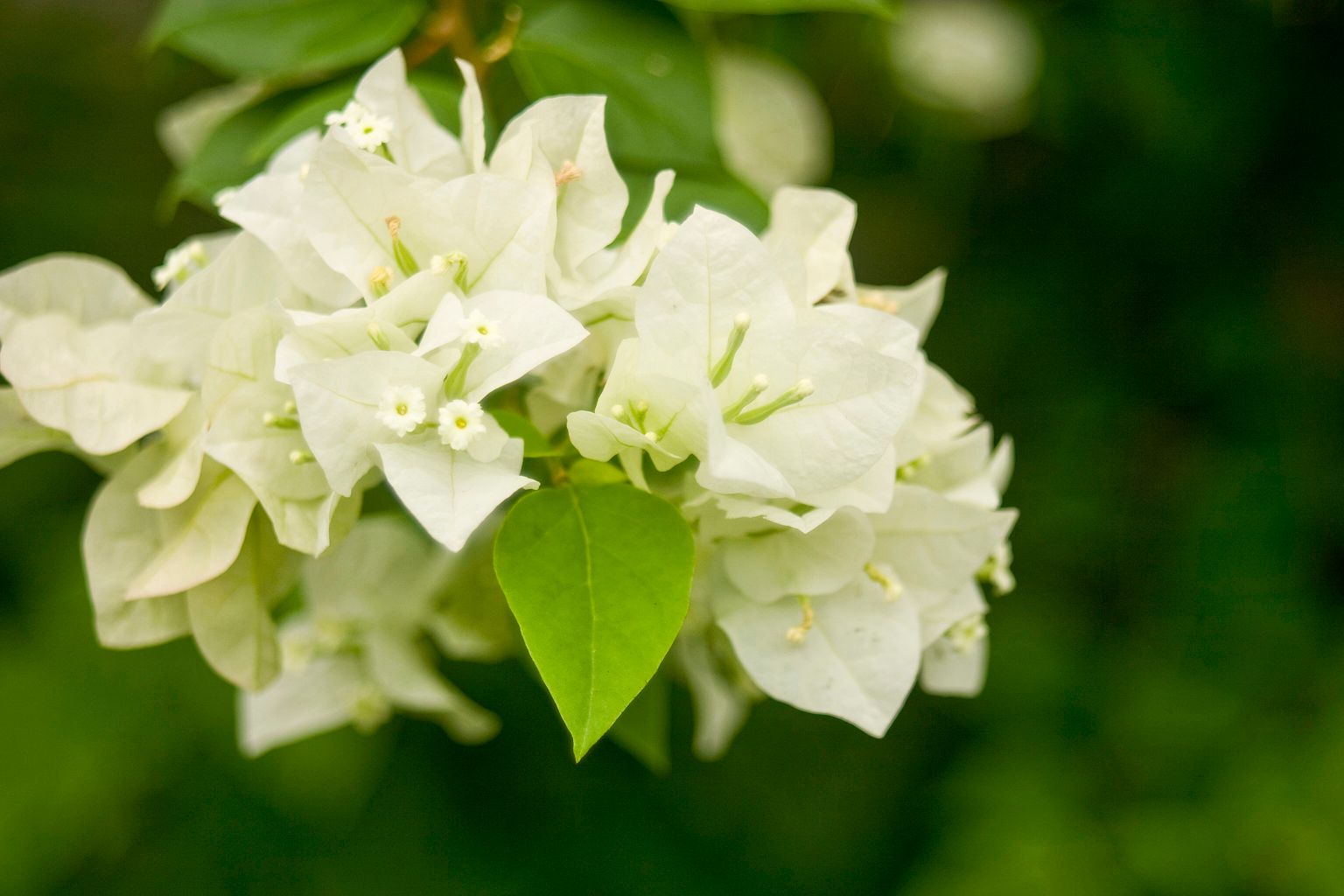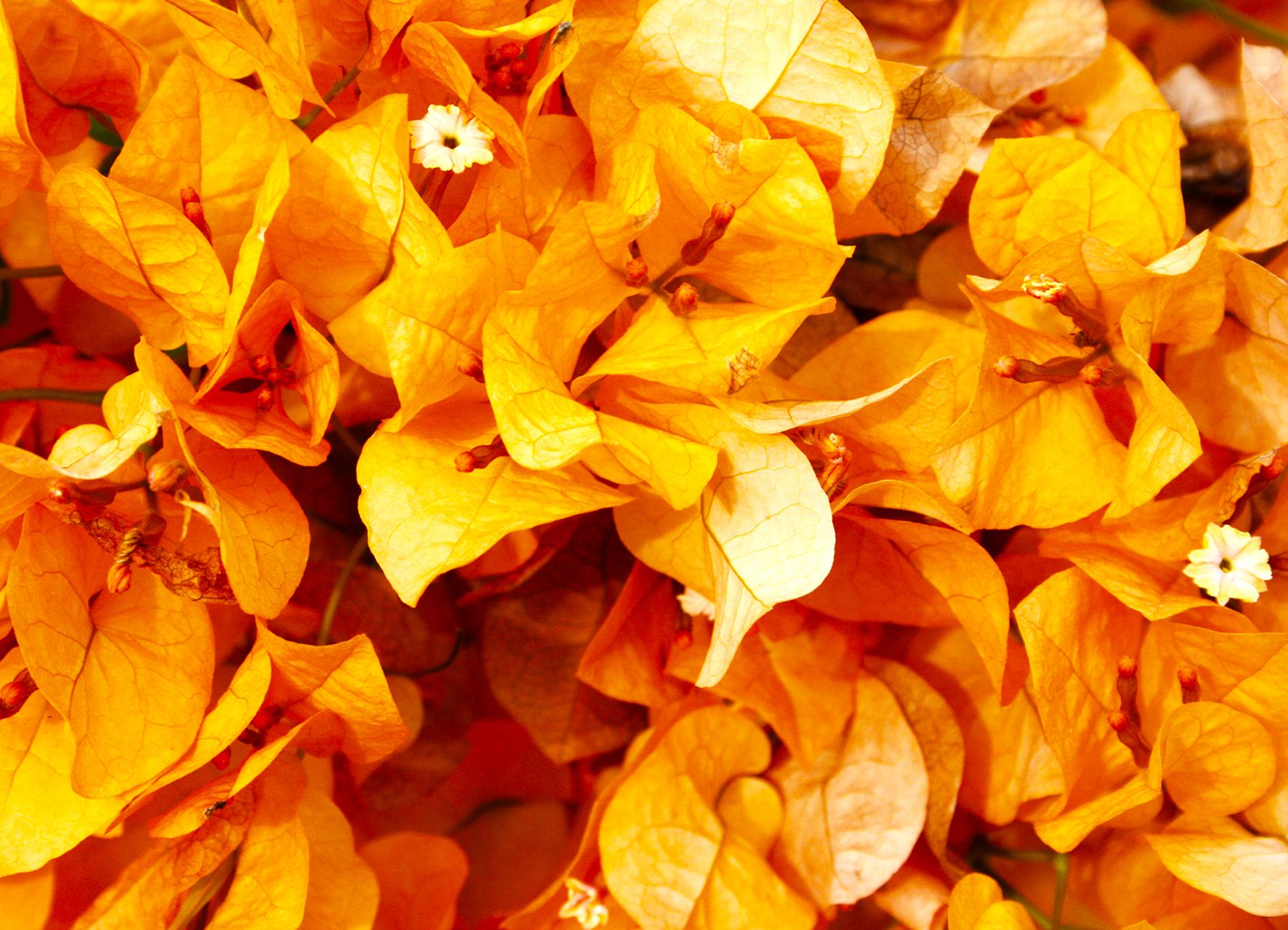
When You Step Outside, Plants Are Everywhere
What is your favorite flower? Some of you may already know the answer right away. However, if you’re like me, it’s not a question that you ever gave much thought about. That’s perfectly fine, too. You can appreciate things without having a ‘favorite’. For me, my academic and personal background lies primarily in animal behavior so that is where I tend to focus my writing.
However, you can expect that to be different for the Backyard Florida topic, as the majority of different species in the Florida backyard are plants (especially if you are considering the likelihood of encountering them each time you go out; unlike animals, plants generally cannot run, fly, or swim away). The plant world is truly extraordinary, not the least because it is so different from the animal world in several ways. This is especially true regarding their reproduction. Plants tend to play fast and loose with the ‘rules’ we associate with animal reproduction.
Our first stop on the Florida backyard tour is a flowering plant that I have come to consider my own favorite, though only since I began working on this particular project. I’ve always been fascinated by it, but looking at it in more detail gave me even more of an appreciation. It’s versatile, beautiful, and it can fool you, too. It’s right below: the immensely colorful bougainvillea.

Bougainvillea is not actually a species of plant, but a genus containing multiple different species (between 4 and 18). Interbreeding is much more common in plants for a variety of reasons. This can make them a gardener's dream and a botanist's nightmare. This is especially true with the bougainvillea. The majority of these you see outside your door are not wild varieties but cultivars, human bred plants similar in some respects to domesticated animals.
The bougainvillea is a popular ornamental plant because it is easy to breed and maintain, but also because it can be shaped in a variety of ways with little trouble. Wild species are usually found as vines or shrubs with thorny stems. However, through cultivation and proper trimming, they can be shaped to resemble bushes and trees of varying size and shape. Furthermore, there color is also quite variable in wild species and cultivars. While the deep purple or pink plants are the most common, they also come in light pink, yellow, white, and others.
What makes this particular flower special to me? Everything about it. The potential variety in structure and color is astonishing. But, the best part is how the plants fools you. Those colorful structures that make it so popular look straight forward from a distance. A passing glance might garner the thought that they’re flower petals, but that’s not actually the case. What do I mean? Well, let’s take a closer look.
Above you can see a close-up view of some bougainvillea flowers. The actual petals are those small white structures in the center. So what are the large, colorful parts surrounding it. Take a look at them. Do they look similar to something else you’re familiar with? Look at the veins; what do they remind you of? If you said leaves, that’s correct. The colorful parts of the bougainvillea are a type of modified leaf found in some plant species called a bract. The primary function of foliage leaves is to absorb sunlight using the green pigment chlorophyll and thus conduct photosynthesis. Bracts usually have alternative functions and often have alternate pigments.
In the case of the bougainvillea, the pigment of the bracts is not conducive for absorbing sunlight, but is instead a way to attract pollinators, an important part of the life cycle and reproduction of flowering plants.
If you live in Florida, the next time you pass by one of these beauties, pause and take a closer look and appreciate the complexity of this plant that has so much more under the surface once you take a peek. However, I don’t recommend touching this one. As mentioned above, they have sharp thorns. In addition, the sap is an irritant and can cause a skin rash similar to the reaction produced by plants like poison ivy and poison oak.
To close, I am going to share some more pictures showing the variety of the bougainvillea below.



